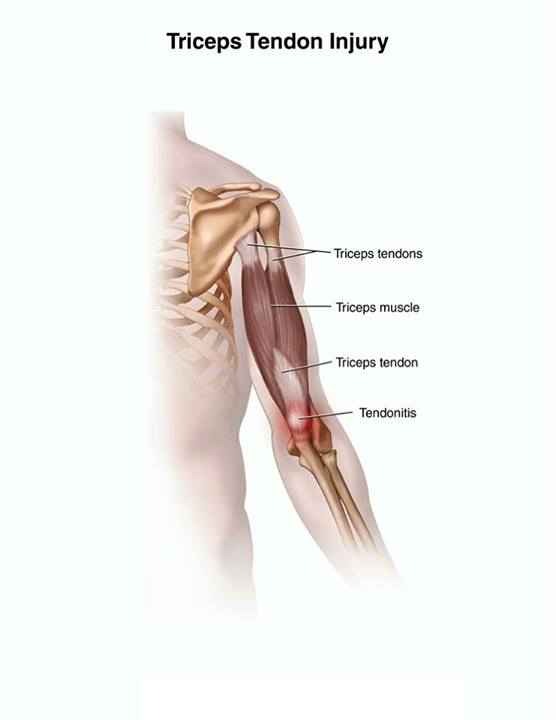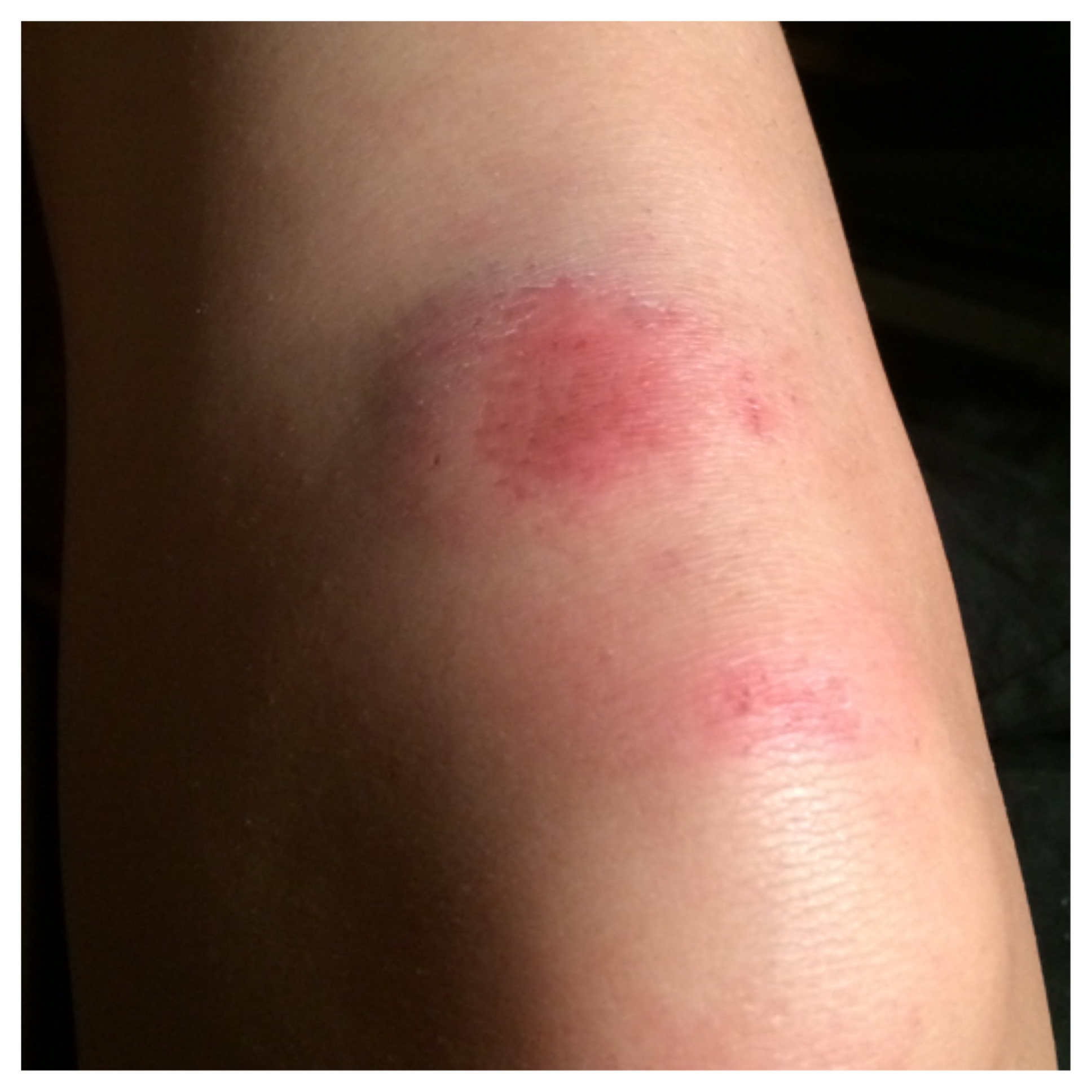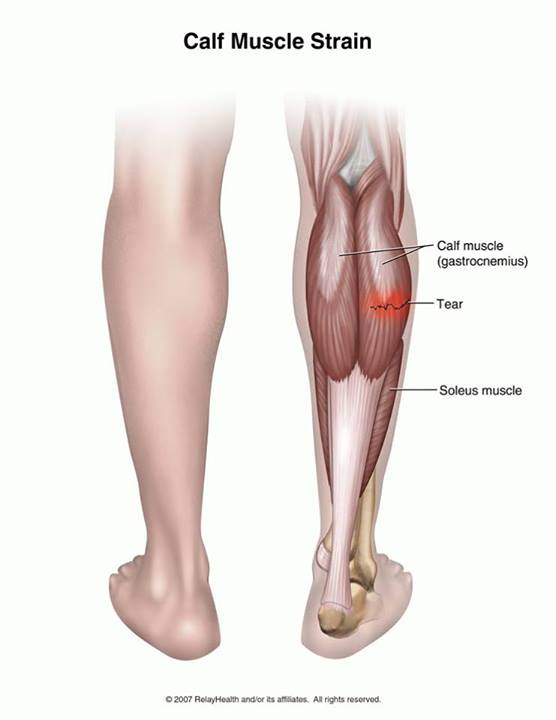Hip Bursitis

What is hip bursitis?
Bursitis is irritation or inflammation of the bursa. A bursa is a fluid-filled sac that acts as a cushion between tendons, bones, and skin. There is a bump on the outer side of the upper part of the thigh bone (femur) called the greater trochanter. The trochanteric bursa is located over the greater trochanter. When this bursa is inflamed it is called trochanteric bursitis
cauces of hip bursitis?
The trochanteric bursa may be inflamed by a group of muscles or tendons rubbing over the bursa and causing friction against the thigh bone. Your Iliotibial band goes from the iliac crest of your pelvis down the outer side of your thigh and attaches just below the knee. A tight Iliotibial band can lead to trochanteric bursitis. This injury can occur with running, walking, or bicycling, especially when the bicycle seat is too high.
Trochanteric bursitis may also be caused by a fall, by a spine disorder, by differences in the length of your legs, or as a complication of hip surgery.
symptoms of hip bursitis?
You have pain on the upper outer area of your thigh or on the side of your hip. The pain is worse when you walk, bicycle, or go up or down stairs. You have pain when you move your thigh bone and feel tenderness in the area over the greater trochanter.
Diagnosis of hip bursitis?
Your healthcare provider will ask about your symptoms and examine your hip and thigh.
Treatement of hip bursitis?
To treat this condition:
- Put an ice pack, gel pack, or package of frozen vegetables, wrapped in a cloth on the area every 3 to 4 hours, for up to 20 minutes at a time.
Take an anti-inflammatory medicine such as ibuprofen, or other medicine as directed by your provider. Nonsteroidal anti-inflammatory medicines (NSAIDs) may cause stomach bleeding and other problems. These risks increase with age. Read the label and take as directed. Unless recommended by your healthcare provider, do not take for more than 10 days. - Follow your provider’s instructions for doing exercises to help you recover.
Your provider may give you an injection of a corticosteroid medicine.
While you are recovering from your injury you will need to change your sport or activity to one that does not make your condition worse. For example, you may need to swim instead of running or bicycling. If you are bicycling, you may need to lower your bicycle seat.
How long do the effects last?
The length of recovery depends on many factors such as your age, health, and if you have had a previous injury. Recovery time also depends on the severity of the injury. A bursa that is only mildly inflamed and has just started to hurt may improve within a few weeks. A bursa that is significantly inflamed and has been painful for a long time may take up to a few months to improve. You need to stop doing the activities that cause pain until your bursa has healed. If you continue doing activities that cause pain, your symptoms will return and it will take longer to recover.
When can I return to my normal activities?
Everyone recovers from an injury at a different rate. Return to your activities depends on how soon your leg recovers, not by how many days or weeks it has been since your injury has occurred. In general, the longer you have symptoms before you start treatment, the longer it will take to get better. The goal of rehabilitation is to return to your normal activities as soon as is safely possible. If you return too soon you may worsen your injury.
You may safely return to your normal activities when, starting from the top of the list and progressing to the end, each of the following is true:
- You have full range of motion in the injured leg compared to the uninjured leg.
- You have full strength of the injured leg compared to the uninjured leg.
- You can walk straight ahead without pain or limping.
How can I prevent trochanteric bursitis?
Trochanteric bursitis is best prevented by warming up properly and stretching the muscles on the outer side of your upper thigh.
Physiotherapy of hip bursitis
Hip Bursitis Exercises

You can do the first 3 stretches to begin stretching the muscles that run along the outside of your hip. You can do the strengthening exercises when the sharp pain lessens.
Stretching exercises
Gluteal stretch:
Lie on your back with both knees bent. Rest the ankle of your injured leg over the knee of your other leg. Grasp the thigh of the leg on the uninjured side and pull toward your chest. You will feel a stretch along the buttocks on the injured side and possibly along the outside of your hip. Hold the stretch for 15 to 30 seconds. Repeat 3 times.
Iliotibial band stretch, standing:
Cross your uninjured leg in front of the other leg and bend down and reach toward the inside of your back foot. Do not bend your knees. Hold this position for 15 to 30 seconds. Return to the starting position. Repeat 3 times.
Iliotibial band stretch, side-leaning:
Stand sideways near a wall with your injured side closest to the wall. Place a hand on the wall for support. Cross the leg farther from the wall over the other leg. Keep the foot closest to the wall flat on the floor. Lean your hips into the wall. Hold the stretch for 15 to 30 seconds. Repeat 3 times
Strengthening exercises
Straight leg raise:
Lie on your back with your legs straight out in front of you. Bend the knee on your uninjured side and place the foot flat on the floor. Tighten the thigh muscle on your injured side and lift your leg about 8 inches off the floor. Keep your leg straight and your thigh muscle tight. Slowly lower your leg back down to the floor. Do 2 sets of 15.
Prone hip extension:
Lie on your stomach with your legs straight out behind you. Draw your belly button in towards your spine and tighten your abdominal muscles. Tighten the buttocks and thigh muscles of the leg on your injured side and lift the leg off the floor about 8 inches. Keep your leg straight. Hold for 5 seconds. Then lower your leg and relax. Do 2 sets of 15.
Side-lying leg lift:
Lie on your uninjured side. Tighten the front thigh muscles on your injured leg and lift that leg 8 to 10 inches away from the other leg. Keep the leg straight and lower it slowly. Do 2 sets of 15.
Wall squat with a ball:
Stand with your back, shoulders, and head against a wall. Look straight ahead. Keep your shoulders relaxed and your feet 3 feet from the wall and shoulder’s width apart. Place a soccer or basketball-sized ball behind your back. Keeping your back against the wall, slowly squat down to a 45-degree angle. Your thighs will not yet be parallel to the floor. Hold this position for 10 seconds and then slowly slide back up the wall. Repeat 10 times. Build up to 2 sets of 15.
Clam exercise:
Lie on your uninjured side with your hips and knees bent and feet together. Slowly raise your top leg toward the ceiling while keeping your heels touching each other. Hold for 2 seconds and lower slowly. Do 2 sets of 15 repetitions.











